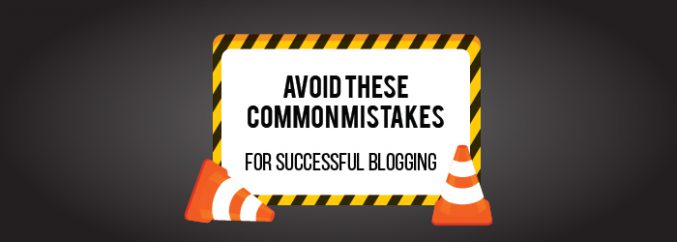
Blogging Is Easier Than You Think! Do Your Dealership A Favor and Give It A Try And Increase Sales
By now you’re well aware that blogging is an important marketing tool for your construction or heavy duty truck dealership. But if you’re like a lot of people, the thought of writing blog articles seems like an insurmountable obstacle. It’s not! It’s easier than you think, and you owe it to your dealership to overcome your fears, because blogging can do wonders to help you increase sales.
Blogging is surprisingly easy when you approach it systematically.

Poor organization makes any text hard to follow. If it’s too much work for your reader, they may just give up and click away to something else. At the very least, poorly constructed blog articles negate your efforts to establish yourself and your dealership as authoritative resources.
Starting with an outline simplifies blog composition, and it keeps you from getting bogged down or distracted by details. You’ll be more efficient and stop dreading “blog time.”
Just follow these steps:
Create a working headline. This will keep you clearly focused on the topic of your article. After you’ve finished the text, you can refine the headline to make it more attention-grabbing. Remember to include an action verb.Now it gets fun, because it’s time to brainstorm. Just write down the points you want to make about this article’s topic. Don’t “massage” them, just get them down on paper. What do you want your readers to know about this subject? What are the key takeaways you want them to remember?
- Sort your thoughts into related groups. Look over your random list of talking points, and assemble them into sub-groups. For instance, if your article is about tips for preventive maintenance, you’ll probably have a sub-group for the engine, vehicle exterior and tires, etc. The number of sections your article will contain depends on your subject matter and the overall length, but it could be anywhere from two or three to a “top ten” list.
Now that your sub-groups are taking shape, you might also want to conduct some quick online research if you need additional facts to flesh out a particular section.
Look for links. It’s good for your SEO and your credibility to add a few links to your article. You could link to outside sources where you found pertinent statistics to back up your key points, another blog article you reference (your own or someone else’s blog), etc.
- You’re ready to write. And here’s the good news: your blog article has almost written itself. All you need to do is arrange your sub-groups in logical order, then turn your random thoughts into complete sentences so the article reads smoothly. If a point doesn’t really add value, cut it. If you think of an important new point, simply add it where it belongs.
Add a paragraph or two at the beginning that introduces your topic and sets the stage for your sub-section key points, and add a sentence or two at the end as a conclusion to give your article a “finished” feeling.
Who knew blogging could be this easy? You’re just an outline away from your next article.



 Now it gets fun, because it’s time to brainstorm. Just write down the points you want to make about this article’s topic. Don’t “massage” them, just get them down on paper. What do you want your
Now it gets fun, because it’s time to brainstorm. Just write down the points you want to make about this article’s topic. Don’t “massage” them, just get them down on paper. What do you want your 










